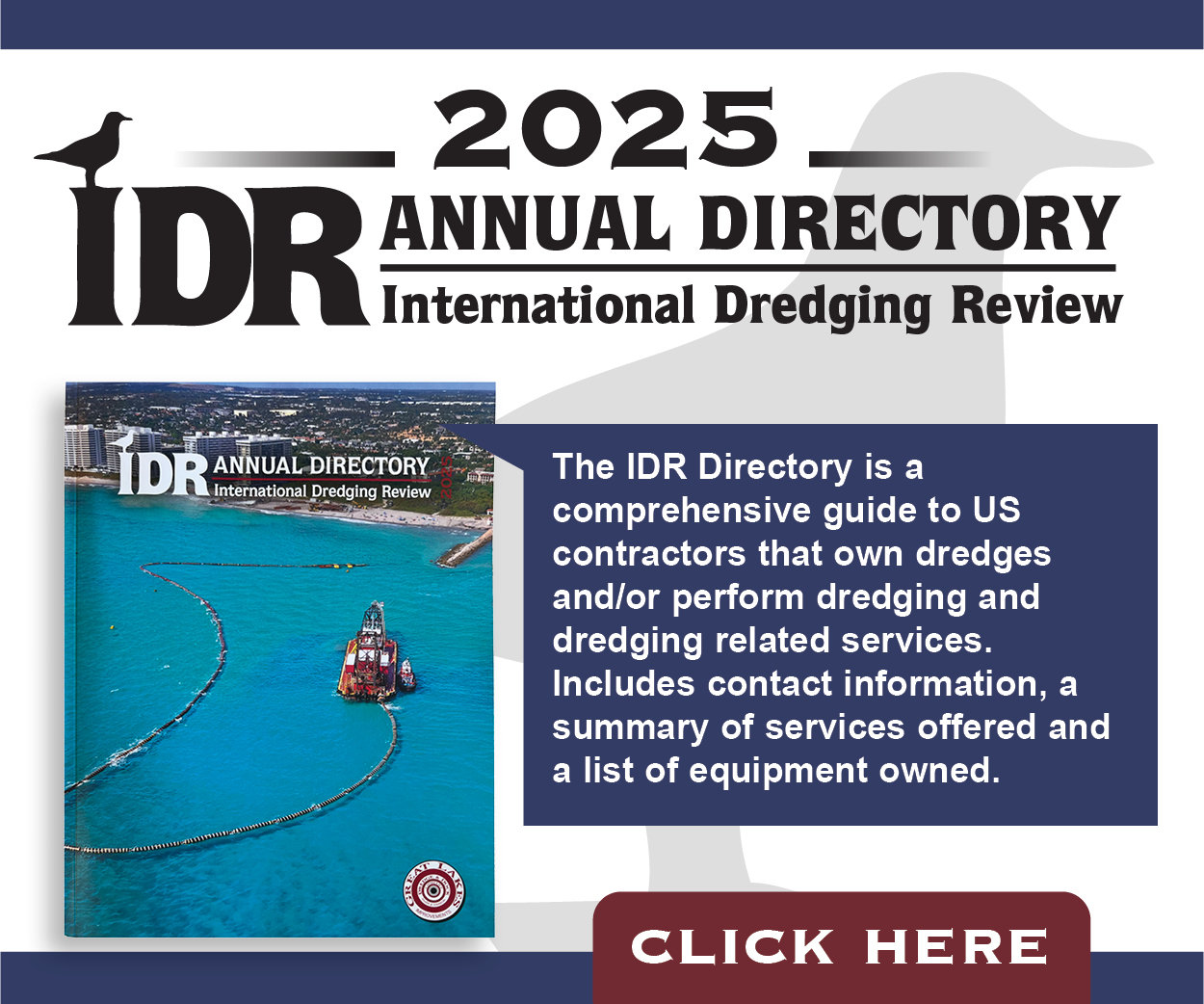Funding Issues Hamper Lock Construction

With 80 percent of the nation’s locks and dams past their 50-year design life and some taking decades to build, presenters at the Smart Rivers Conference September 8-12 in Memphis, Tenn., discussed how to speed up construction.
The international conference was sponsored by PIANC USA on behalf of PIANC, the French acronym for the World Association for Waterborne Transport Infrastructure. Founded in 1885 in Brussels, Belgium, the organization has been the sponsor of Smart Rivers for the past 10 of its 20 years. It was the organization’s fourth conference in the United States.
Tracey Zea, president and CEO of Waterways Council, Inc., detailed lock funding and construction schedule issues during the session “Industry Perspectives on Inland Waterways Reliability and Modernization.”
Sessions on “Sustainable Solutions for Aging U.S. River Locks: An Exploratory Study” and “Alternative Project Delivery and Financing” considered “out-of-the-box” alternatives to consider for the future.
Zea began by noting that the risk of critical failures at locks and dams increases sharply after 50 years.
“When you talk to our barge companies, this is what keeps them up at night,” he said.
Funding constraints mean that, moving forward, it is unlikely for more than two, perhaps three, major lock construction projects to be underway at the same time across the country, he said.
Meanwhile, cost overruns and schedule slippages have become a problem. He pointed to a chart that showed project authorization and construction timelines, original estimated costs and how much has been spent on them so far.
“These numbers on here are something we can’t do,” Zea said. “If this continues to go down this path, we’re not going to be able to build inland waterway projects. We’re going to have more failures in the system than we can have on it.”
He looked at Upper Mississippi Lock and Dam 25, where a project to enlarge the 600-foot lock to 1,200 feet was authorized in 2007, 18 years ago, as the first of seven lock enlargements that are part of the Navigation and Ecosystem Sustainability Program (NESP). A base contract for the lock chamber construction is expected to be awarded in fiscal year 2027, according to the St. Louis Engineer District.
The Kentucky Lock Addition Project and Chickamauga Lock Replacement Project are estimated to cost more than 250 percent above their original cost, Zea said. Both are going through required biennial cost reauthorizations that could push those estimated construction costs even higher.
The time between when Kentucky Lock received its first construction funding and the time it is expected to come online has now stretched to 36 years, Zea said.
“Again, that is unacceptable,” he said. “If we want a modern, efficient, reliable inland transportation system, we can’t construct a lock over 36 years. It needs to be six to eight years.”
One change Zea believes will help is a new policy that calls for lock and dam funding for design not to begin until three years before the designs are needed.
“That way we don’t have to go back in and redo the work,” he said.
Zea also spoke about the difficulties of getting lock and dams projects, which are expensive and not as visible as some others, through the Congressional appropriations process. He added that WCI would also like to see Executive Order 12322 amended, which has effectively prevented early contractor involvement and continuing contract authority.
In the session “Sustainable Solutions for Aging U.S. River Locks,” Cassia Galvao and Chad McBride of Texas A&M University spoke about how digital solutions could influence lock and dam projects in the future.
One option could involve those projects with hydroelectric power generation potentially producing excess energy and selling it. River water cooling for industrial uses could also potentially be monetized, they said.
Joel Paulsen of Engineering Systems Inc. and Dennis Lambert of Hunt Guillot & Associates led the session titled “Alternative Project Delivery and Financing.”
They spoke about potential options for public-private partnership agreements, including on the Red River of the North, where the Corps of Engineers has approved the only public-private project to date.
Paulsen said that whatever solutions ultimately help ease funding and timing stresses will be important as the Corps of Engineers’ backlog consists of $60 billion in authorized new work and even more for maintenance of existing projects.
Current funding covers less than 4 percent of the system’s needs, he said, noting that “piecemeal appropriations” ultimately inflate the cost of projects and delay delivery.
Additionally, he said, “The way these projects are being delivered is getting the squeeze because project costs are getting bigger, and funding is remaining the same.”



